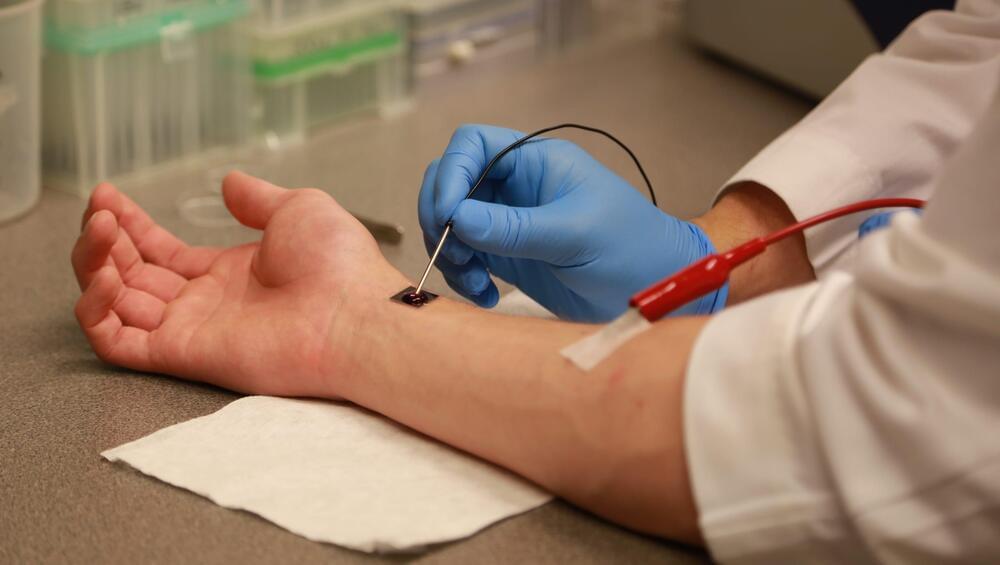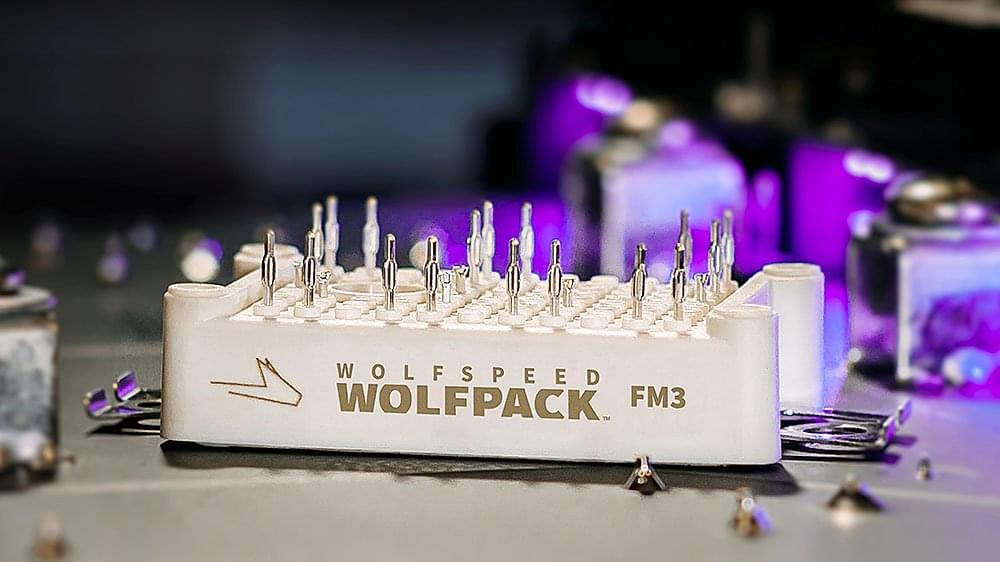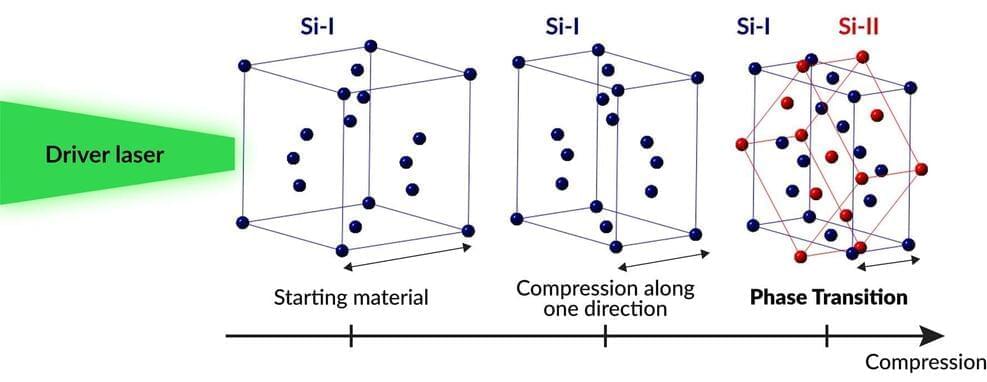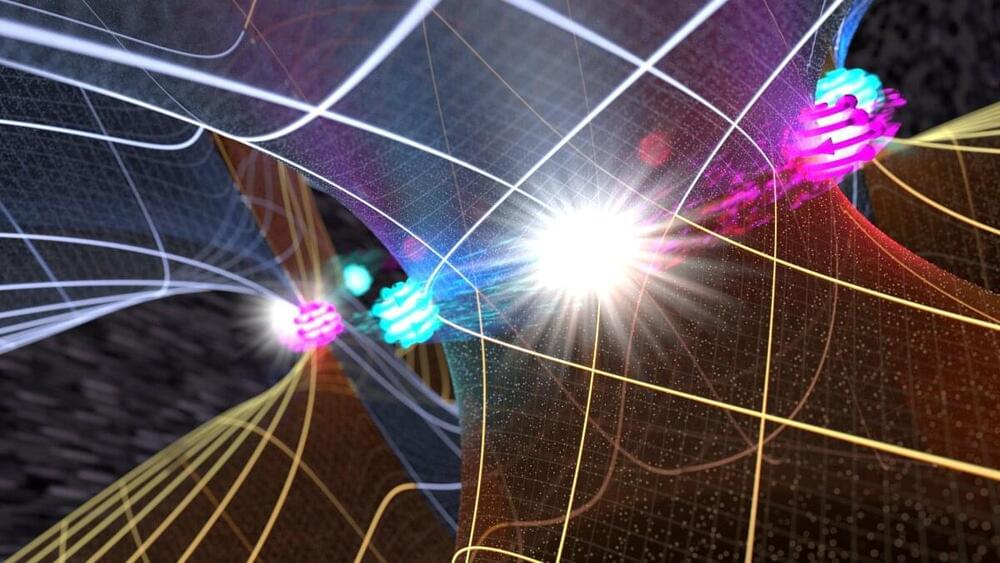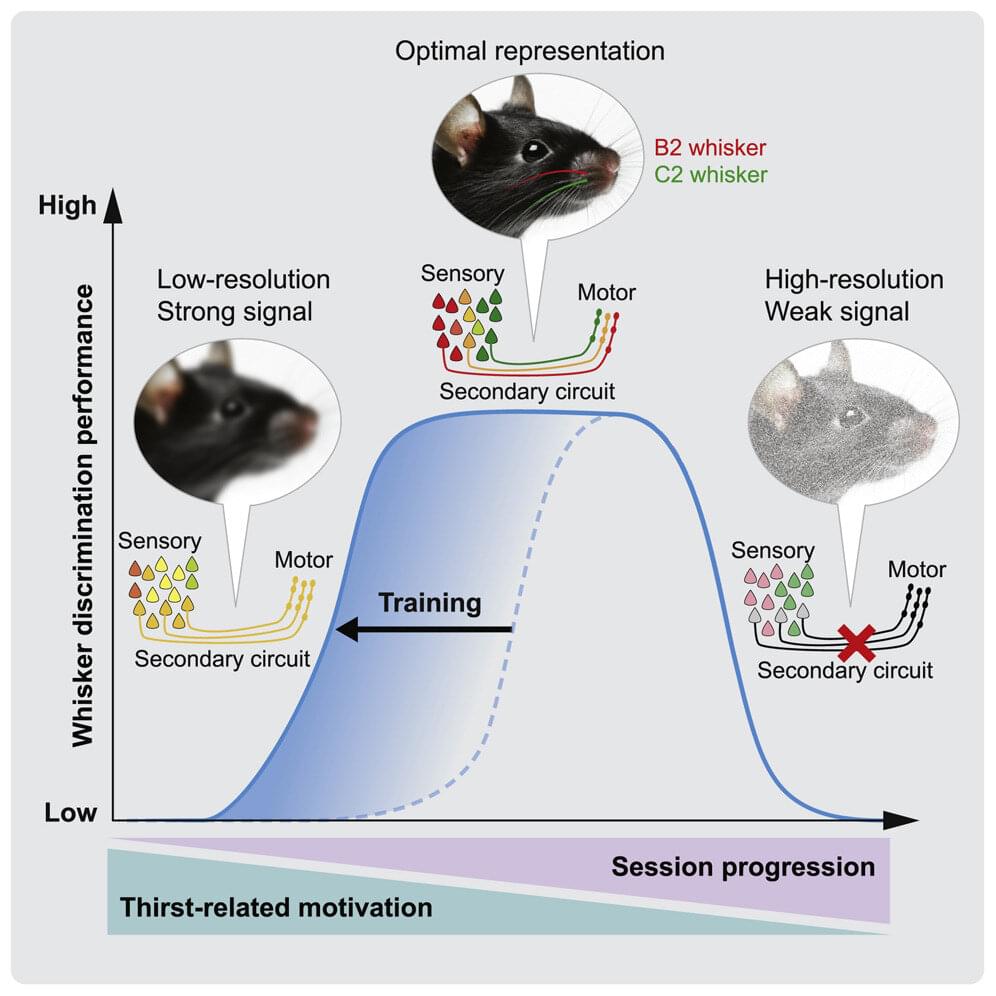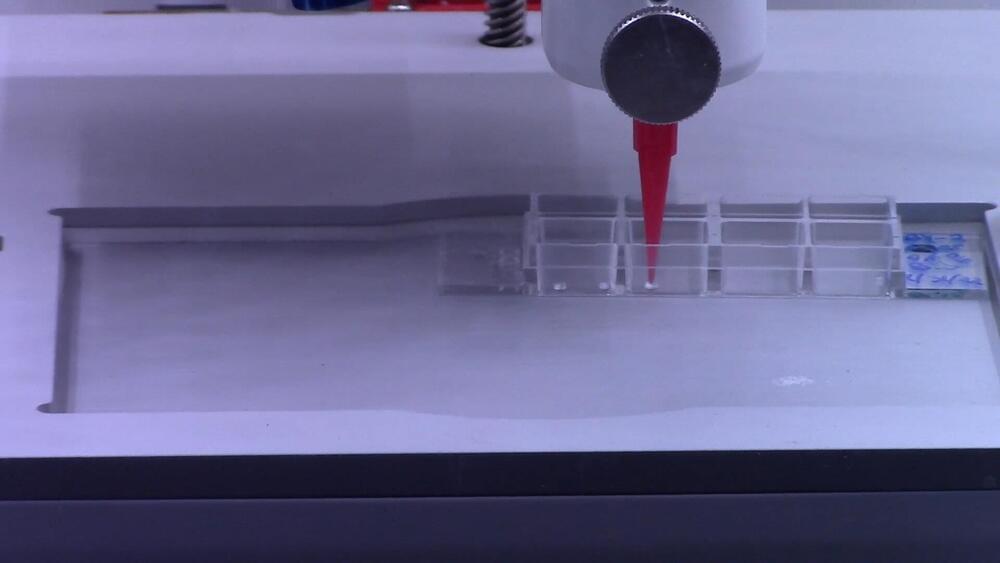Circa 2017 face_with_colon_three
A new device developed at The Ohio State University can start healing organs in a “fraction of a second,” researchers say.
The technology, known as Tissue Nanotransfection (TNT), has the potential to save the lives of car crash victims and even deployed soldiers injured on site. It’s a dime-sized silicone chip that “injects genetic code into skin cells, turning those skin cells into other types of cells required for treating diseased conditions,” according to a release.
In lab tests, one touch of TNT completely repaired injured legs of mice over three weeks by turning skin cells into vascular cells.
